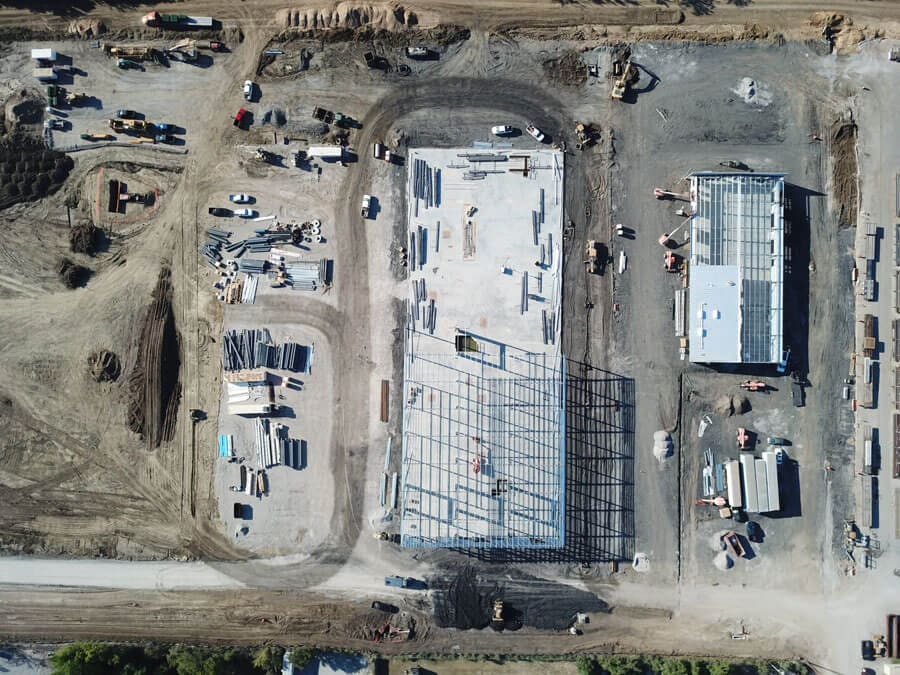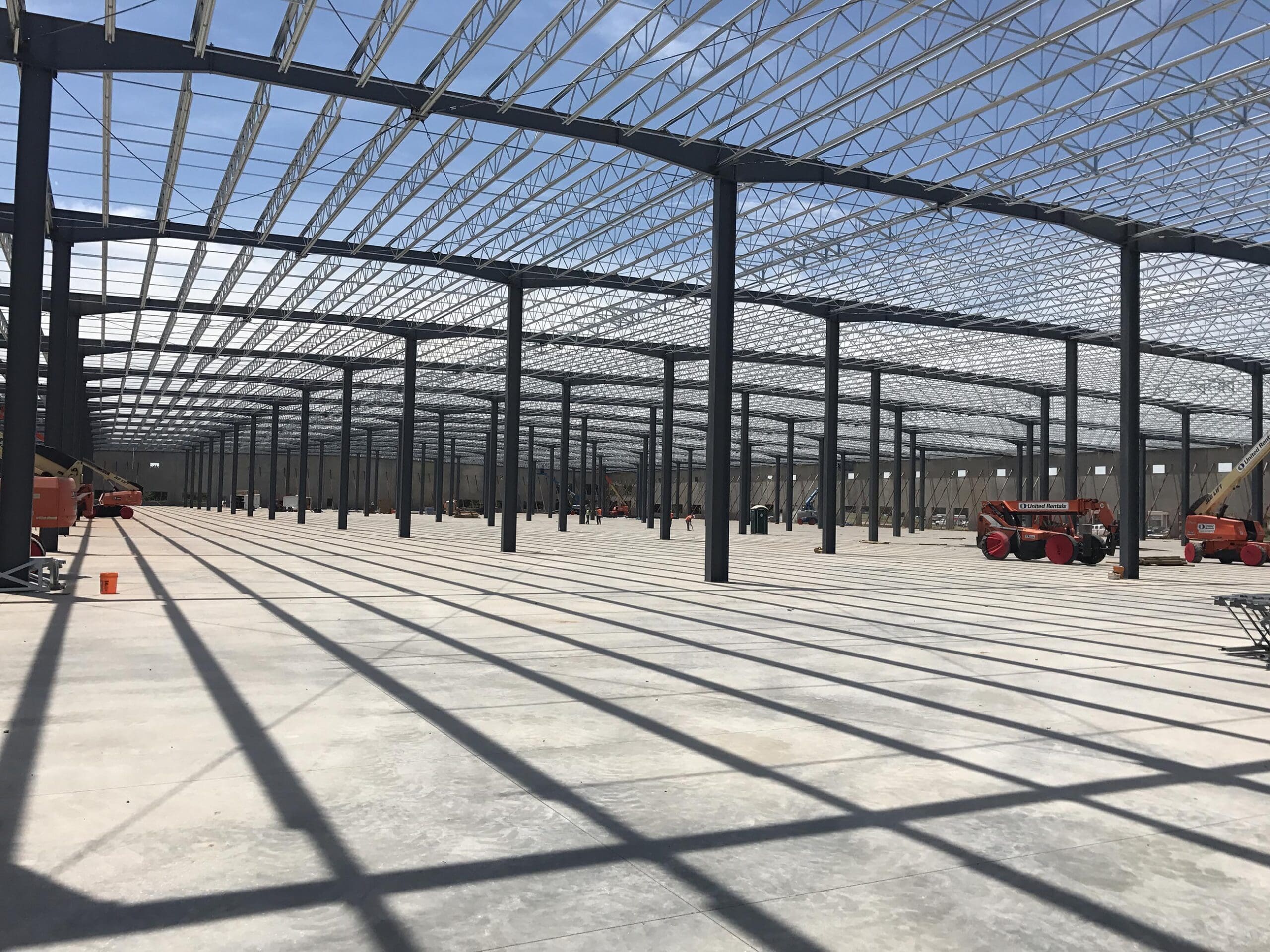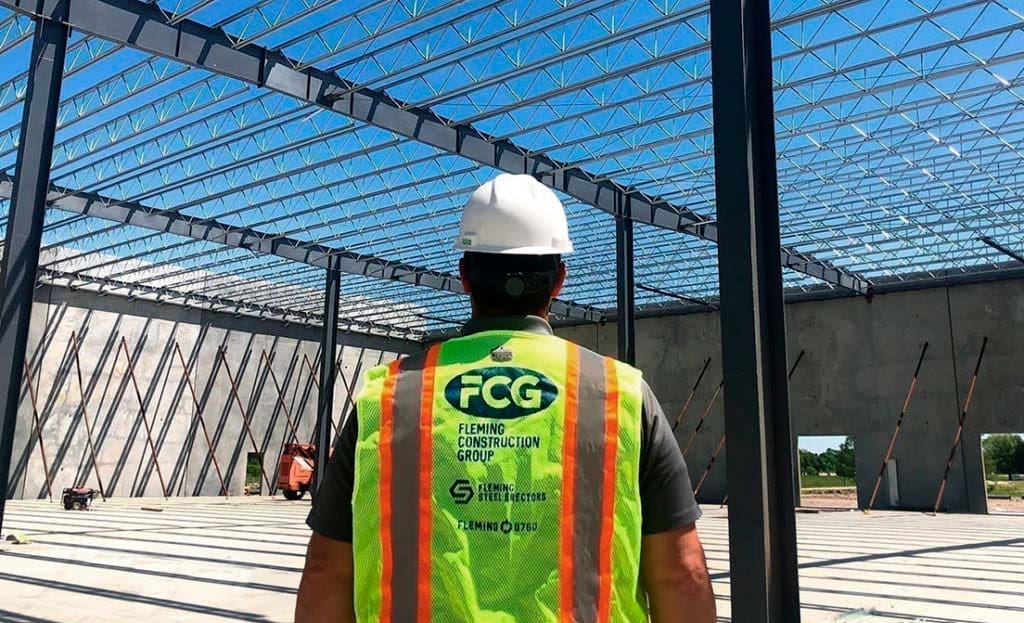What is Lean Construction?
Everyone hates inefficiency. We see it around us every day, in a variety of areas. And unfortunately, the construction industry is no exception. Schedule delays, cost overruns, wasted effort, and defective workmanship are all familiar to people involved in construction work. According to one estimate, seventy percent of construction projects come in over budget. There’s also a terrible human cost to inefficiency: About 800 people die in construction projects each year, and thousands more are injured.
Fortunately, smart people in the industry have zeroed in on this problem and come up with some brilliant solutions. These principles are grouped collectively under the term Lean Construction.

The Origins of “Lean”
Since the dawn of the industrial revolution, management professionals have striven to make work more efficient. There have been some notable milestones in this quest, particularly in the manufacturing field:
- In the early 20th century. Henry Ford’s assembly line production system gained the world’s admiration while making affordable cars accessible to millions of consumers.
- In Japan, industrial engineer Taiichi Ohno developed the Toyota Production System, a stringent approach to workplace efficiency that fueled Toyota’s eventual dominance in the automotive industry.
The principles that Taiichi Ohno endorsed became known as lean production or lean manufacturing. Before long, academics associated with the construction field began applying a similar approach to their industry.
Lauri Koskela is a professor of construction and project management at the University of Huddersfield in the United Kingdom. In the early 1990s, he began developing theories related to Lean Construction that found wide acceptance. He was a co-founder of the International Group for Lean Construction, in which he is still active.
Meanwhile, in the United States, Glenn Ballard and Greg Howell founded the Lean Construction Institute (LCI) in 1997. In their examination of normal construction practices, they identified eight common areas of waste:
- Over/Under Production
- Waiting
- Unnecessary Transportation
- Over/Under Processing
- Excess Inventory
- Unnecessary Motion
- Defects
- Unused Creativity of Team Members
In considering these categories, it becomes clear that one can easily bleed into the other. For instance, underproduction of necessary components can lead to waiting while the needed materials arrive. Conversely, overproduction can lead to unnecessary transportation, as the excess material must be carried to a storage location.
Defects in materials or workmanship also cause delays while the components are repaired or replaced.
Overprocessing occurs when too many intermediaries must sign off on a decision. The converse, under-processing, happens when not enough consideration is given to a particular decision—leading to delays, defects, etc.
Perhaps the most intriguing category of waste—and the hardest to quantify—is the unused creativity of team members. The most valuable asset of any team is the human capital of its members—the experience, wisdom and innovative thinking they bring to a project. But it’s not unusual for these qualities to be overlooked in favor of doing things the way they’ve always been done.
In formulating solutions for these issues, the Lean Construction Institute begins by taking the long view. Improving efficiency begins with changing attitudes and approaches:
- Collaboration. Too often, the participants in a project are disconnected from each other, legally and practically. This can lead to adversarial relationships, especially when things go wrong. Stakeholders blame each other, rather than finding solutions together. They begin making decisions to avoid legal exposure rather than to advance the project. The Lean Construction Institute’s remedy for this is Integrated Project Delivery—in which architects, engineers, contractors, and others are brought together as a team from the beginning.
- Innovation. As sophisticated as today’s construction industry is, there’s always more to learn. Advances like the ones made by Henry Ford and Taiichi Ohno are still possible. Builders must be open to new ideas that can streamline their processes.
- Collective Knowledge. LCI seeks to gather wisdom from designers and builders around the world to formulate best practices and solve problems.
- Learning. LCI offers a broad range of learning resources for people in the building trades. It conducts ongoing research and provides live events to broaden the understanding of Lean practices. LCI also offers certification for those who pass a knowledge assessment exam and demonstrate competence through a portfolio assessment.

Benefits of Lean Construction
Practitioners of Lean Construction can point to many examples of impressive results.
When a project is completed efficiently, it doesn’t just benefit the financial stakeholders. Workers at all levels experience greater satisfaction by being associated with a successful venture that exemplifies excellence.
Early on, Toyota initiated a “pull” system that involved acquiring materials only as they were needed. That approach led to dramatically improved efficiency and was imitated around the world. It has obvious pertinence for the construction industry, as materials acquisition is such an important—and frequently troublesome–part of the process.
Today, the principles of Lean Construction are embraced and practiced around the world. Many of the most successful companies consider Lean practices essential to their ethos. (The Lean Construction Institute alone lists more than 240 corporations among its members.)
As participants continue to share knowledge and insights, and—most importantly—put them into practice, the construction industry will produce better and better results for all.


